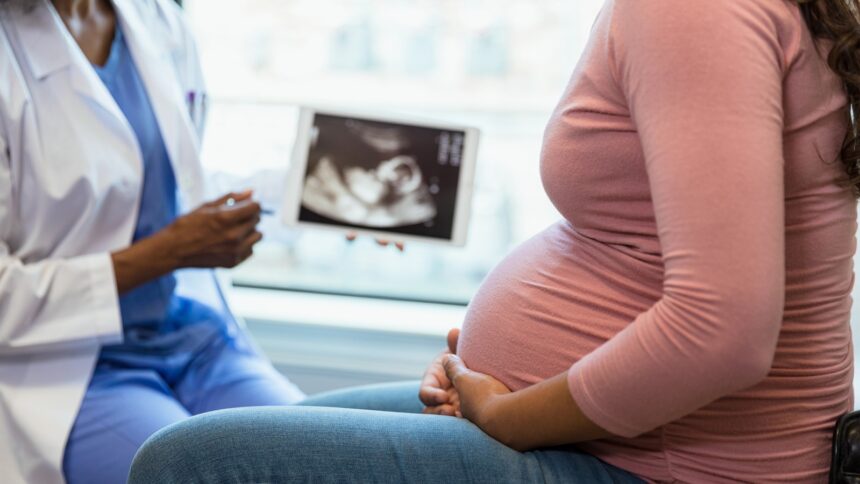A new report by the March of Dimes found that more than 5.5 million women live in US counties who do not have access to maternal care resources that include hospitals or birth centers, obstetric care or obstetricians.
The report is the latest from a non-profit organization focused on maternal care to highlight the worsening state of maternal care in the US, with increasing closures of hospital obstetric units contributing to the organization’s “growing maternal and infant health crisis.”
The March of Dimes estimates that more than 2.3 million women of reproductive age live in counties considered maternal care deserts, with approximately 150,000 births in those counties. More than 3 million additional women live in counties with limited access to maternal care.
“We’re going from bad to worse. We have the worst maternal mortality rate in our industrial peer country, and we know that access matters,” Dr. Amanda Williams, March of Dimes chief medical officer, told ABC News. “If we don’t have access, then we don’t have a chance.”
Maternal care deserts have a significant impact on health outcomes for pregnant women. Data shows that women in maternal care deserts have a 13% chance of having a premature birth, and receive inadequate prenatal care at higher rates, according to the report. Low-income and women of color are disproportionately affected.

People in maternal care deserts have to travel about 2.6 times longer to receive care than people living in counties where care exists, and preliminary data has found that ob-gyns are leaving states with strict abortion restrictions, Williams said.
“As the report notes, the Dobbs decision — the effects of which have not yet been fully realized — may have played a major role in the shrinking ob-gyn workforce in many rural areas of the country,” Dr. Stella Dantas. , president of the American College of Obstetricians and Gynecologists, said in a statement.
“While we continue to find ways to increase access, we must also be diligent against legislative interference in the practice of medicine so that doctors can practice freely without fear of criminalization and patients can get the care they need and deserve in the same community. live and raise their families,” the statement along.
About 35% of all US counties are now considered maternal care deserts, lacking maternity facilities or obstetricians. North Dakota, South Dakota, Alaska, Oklahoma and Nebraska are the most affected states, according to the March of Dimes.

From 2022, more than 100 districts will see a decline in access to maternal care, with a total of more than 100 hospitals closing obstetric units, causing delayed access to emergency care and forcing families to travel further to receive critical care, according to the report.
Between 2015 and 2022, the prevalence of hypertension before pregnancy will increase by more than 80%, according to the March of Dimes. Preeclampsia, a potentially fatal condition that causes a pregnant woman’s blood pressure to rise, can lead to premature birth, stroke, seizures, and other complications for pregnant women.
In maternal care deserts, the rate of pre-pregnancy hypertension is 1.3 times higher than in counties with full access to care, according to the report.
Using telehealth services, improving reimbursement policies for obstetric services in hospitals, and improving access to midwifery services are some of the policy solutions to improve care, Williams said.
“It’s not just people, a lot of people living in this desert of maternal care, there are beautiful things, like in a natural desert, you can find beautiful flowers or cacti,” said Dr Williams. “There are churches, there are community centers, there are community-based organizations. So we need to figure out how in terms of health and public health, we can work with some of these organizations to take care of people who live in the maternity care desert.”
ABC News Medical Unit resident Dr. Roshan Bransden contributed to this report.




